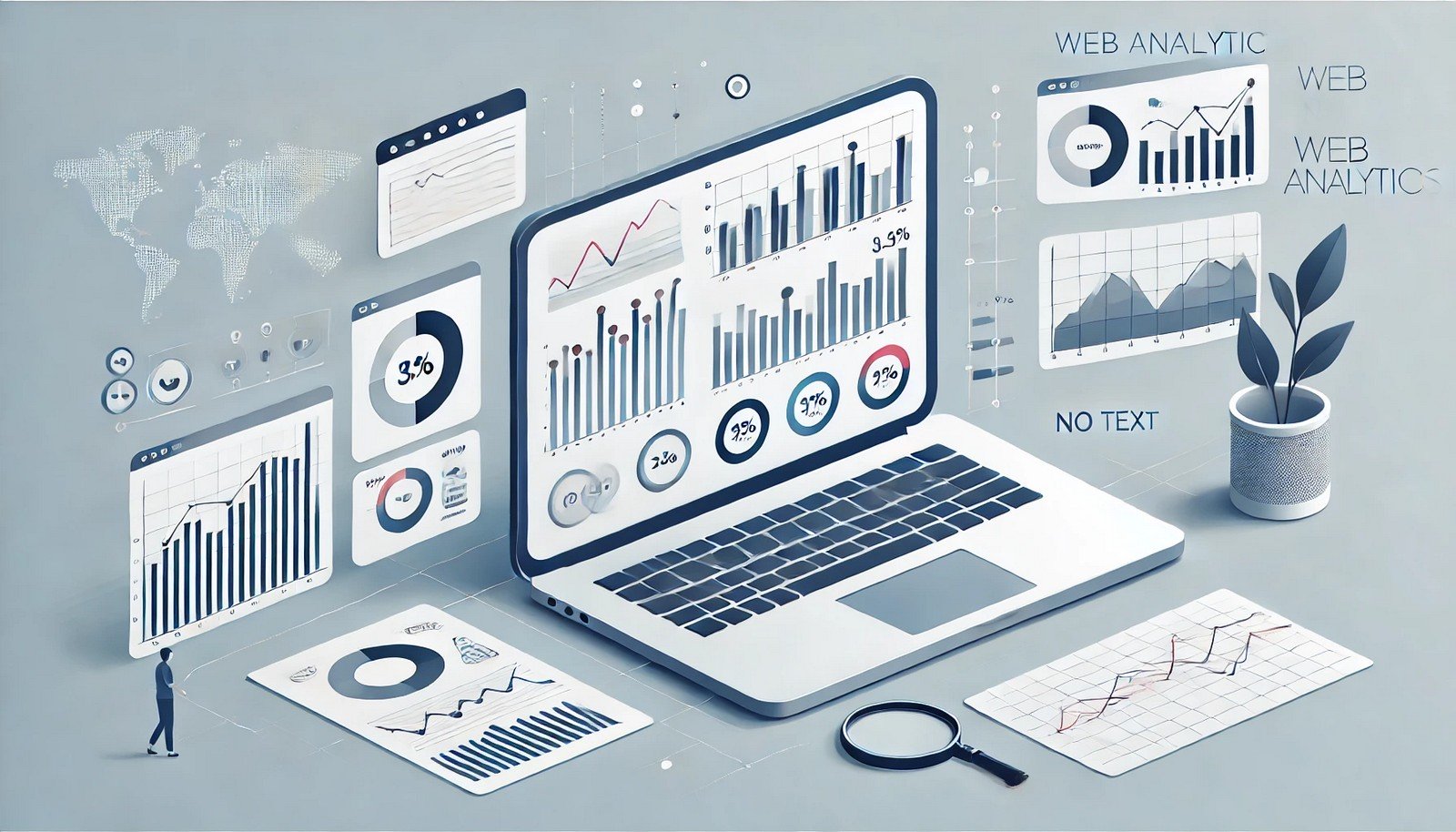Web Analytics
 (Representational Image | Source: Dall-E)
(Representational Image | Source: Dall-E)
Quick Navigation:
- Web Analytics Definition
- Web Analytics Explained Easy
- Web Analytics Origin
- Web Analytics Etymology
- Web Analytics Usage Trends
- Web Analytics Usage
- Web Analytics Examples in Context
- Web Analytics FAQ
- Web Analytics Related Words
Web Analytics Definition
Web analytics refers to the process of collecting, measuring, and analyzing web data to understand and optimize website usage. It helps businesses track visitor behavior, measure performance, and gain insights into user engagement. Tools like Google Analytics and Adobe Analytics are commonly used for monitoring metrics such as page views, session duration, and conversion rates. Effective web analytics enables data-driven decisions to improve online presence and achieve business goals.
Web Analytics Explained Easy
Imagine a library counting how many visitors come in each day, which books they read, and how long they stay. Web analytics does something similar for websites. It helps you know how many people visit your site, what pages they like, and how you can make it better for them.
Web Analytics Origin
The practice of web analytics emerged in the mid-1990s, coinciding with the rise of the internet. Early tools focused on tracking basic website traffic, evolving into more sophisticated platforms that provide real-time data and advanced analytics.
Web Analytics Etymology
The word “analytics” is derived from the Greek word analytikos, meaning "skilled in breaking up or analyzing." Combined with “web,” it refers to the analysis of online activities.
Web Analytics Usage Trends
Web analytics has become a crucial part of digital marketing, with increasing emphasis on user experience and data privacy. As businesses shift to online platforms, demand for advanced analytics tools has grown. Trends include predictive analytics, AI-driven insights, and privacy-centric measurement solutions.
Web Analytics Usage
- Formal/Technical Tagging: Digital Marketing, Data Analysis, Business Intelligence
- Typical Collocations: "web analytics tool," "traffic analysis," "conversion rate optimization," "real-time data insights"
Web Analytics Examples in Context
- Web analytics can show which marketing campaigns bring the most traffic to your site.
- E-commerce sites use web analytics to track visitor behavior and optimize product recommendations.
- Publishers rely on analytics to identify popular content and adjust their strategy.
Web Analytics FAQ
- What is web analytics?
Web analytics is the process of measuring and analyzing website data to improve performance and user experience. - How is web analytics used?
It is used for tracking website traffic, user engagement, and conversions, helping businesses make data-driven decisions. - What are common tools for web analytics?
Google Analytics, Adobe Analytics, and Matomo are popular tools for tracking web data. - Why is web analytics important?
It helps businesses understand user behavior, optimize marketing strategies, and improve website performance. - Can web analytics track user locations?
Yes, web analytics tools can provide geographic data about website visitors. - How does web analytics improve marketing?
It identifies successful campaigns, tracks ROI, and helps allocate resources more effectively. - Is web analytics legal?
Yes, but it must comply with data privacy laws such as GDPR and CCPA. - What is bounce rate in web analytics?
Bounce rate is the percentage of visitors who leave the site after viewing only one page. - How can web analytics help e-commerce businesses?
It tracks sales performance, customer behavior, and conversion funnels, optimizing business outcomes. - What is real-time analytics?
Real-time analytics provides data instantly, helping businesses make timely decisions.
Web Analytics Related Words
- Categories/Topics: Digital Marketing, Website Optimization, Business Intelligence
Did you know?
The earliest web analytics tools were simple server logs, but modern tools can track everything from visitor journeys to predicting user behavior using AI.
PicDictionary.com is an online dictionary in pictures. If you have questions or suggestions, please reach out to us on WhatsApp or Twitter.Authors | Arjun Vishnu | @ArjunAndVishnu

I am Vishnu. I like AI, Linux, Single Board Computers, and Cloud Computing. I create the web & video content, and I also write for popular websites.
My younger brother, Arjun handles image & video editing. Together, we run a YouTube Channel that's focused on reviewing gadgets and explaining technology.



Comments powered by CComment